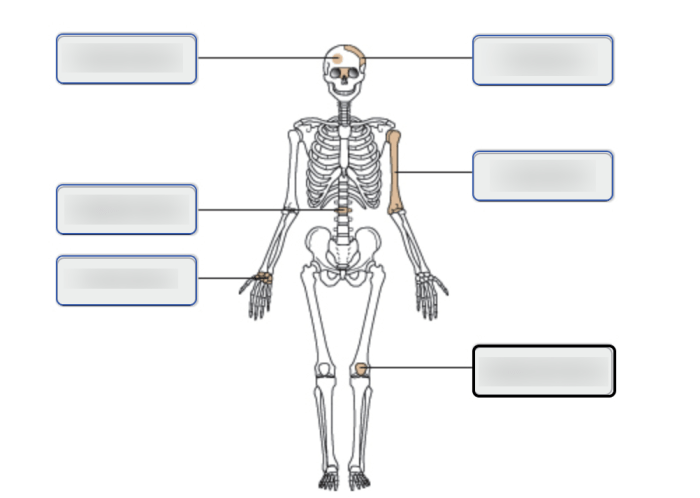The art-labeling activity classification of bones by shape is a captivating and insightful approach to understanding bone anatomy and morphology. This activity involves labeling bones based on their shape, fostering a deeper appreciation for the intricate structures that make up our skeletal system.
By engaging in this activity, students can visualize and comprehend the diverse shapes of bones, enhancing their knowledge of bone anatomy and its significance in movement, support, and protection.
1. Introduction: Art-labeling Activity Classification Of Bones By Shape

Art-labeling activities are a valuable tool for classifying bones by shape, enhancing the understanding of bone morphology and anatomy. By visually representing bones and their shapes through art, students and researchers can gain a deeper appreciation for the complexity and diversity of skeletal structures.
Art in this context serves as a bridge between scientific observation and artistic expression, allowing for a more comprehensive and engaging exploration of bone morphology.
2. Methods and Procedures
To conduct an art-labeling activity for bone classification, the following steps can be followed:
- Gather the necessary materials, including bones, labels, art supplies such as markers, colored pencils, or paint.
- Clean and prepare the bones for labeling, ensuring they are free of any debris or tissue.
- Identify the bones based on their anatomical features, using reference materials or an expert guide.
- Label the bones with their corresponding names, using the provided labels or creating your own.
- Compare the bones and categorize them based on their shape, using a predetermined classification system.
3. Bone Shape Classification System, Art-labeling activity classification of bones by shape
| Bone Name | Shape Category | Descriptive Characteristics |
|---|---|---|
| Humerus | Long Bone | Cylindrical, with a shaft and two ends |
| Radius | Long Bone | Cylindrical, with a shaft and two ends, smaller than the humerus |
| Ulna | Long Bone | Cylindrical, with a shaft and two ends, larger than the radius |
| Carpals | Irregular Bone | Small, cube-shaped bones that form the wrist |
| Metacarpals | Long Bone | Cylindrical, with a shaft and two ends, forming the palm |
| Phalanges | Long Bone | Cylindrical, with a shaft and two ends, forming the fingers |
4. Applications and Benefits
Art-labeling activities have numerous applications in bone classification and research:
- Enhancing the understanding of bone anatomy and morphology, particularly for students and novice researchers.
- Facilitating the identification and classification of bones in forensic and archaeological contexts.
- Providing a visual representation of bone shapes, aiding in the development of surgical techniques and prosthetic devices.
5. Variations and Modifications
The art-labeling activity can be modified to suit different educational levels and audiences:
- For younger students, the activity can focus on basic bone shapes and labeling, using simplified labels and art materials.
- For advanced students and researchers, the activity can incorporate more complex bone shapes and classification systems, requiring detailed labeling and analysis.
- The use of color coding or symbols can be introduced to enhance the visual representation of bone shapes.
Question Bank
What is the purpose of the art-labeling activity classification of bones by shape?
The purpose of this activity is to enhance understanding of bone anatomy and morphology by visually categorizing bones based on their shape.
How can art contribute to bone classification?
Art provides a creative and engaging medium for visualizing and understanding the diverse shapes of bones, making the learning process more accessible and memorable.
What are the benefits of using this activity in education?
This activity fosters visual learning, promotes critical thinking, and deepens students’ understanding of bone anatomy, making it an effective educational tool.

